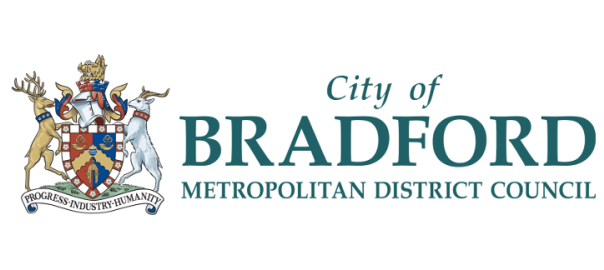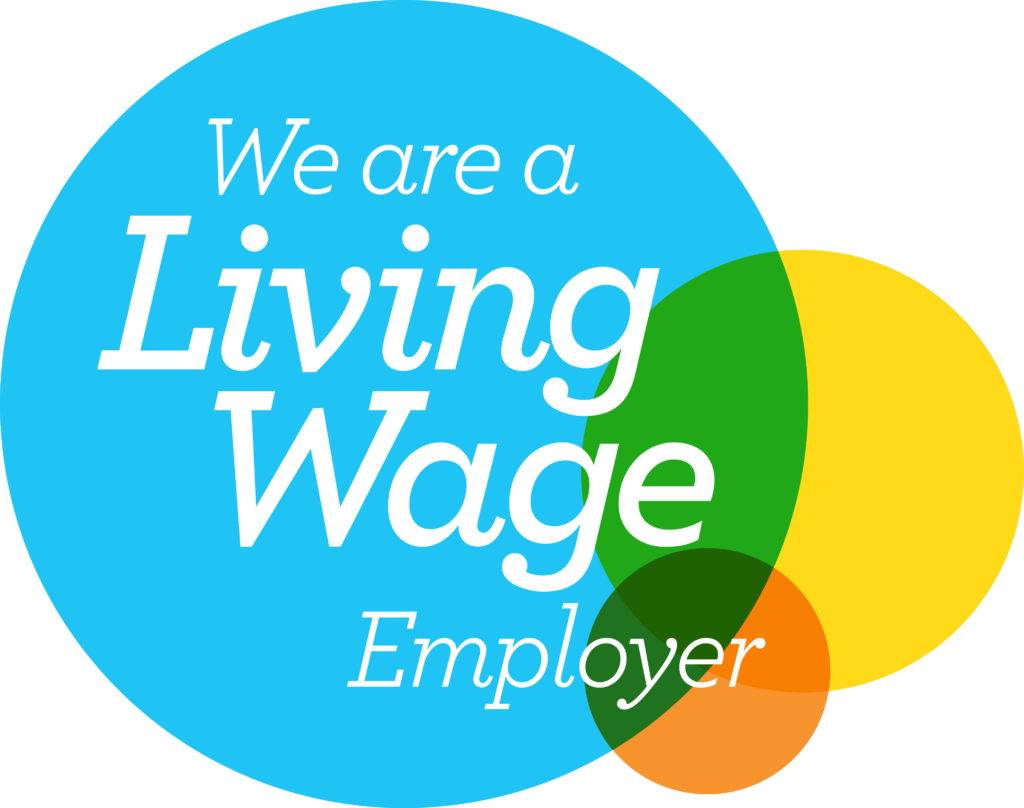Bradford is lower on a number of health and wellbeing indicators than the England and Yorkshire and The Humber average. Life expectancy in the most deprived areas of Bradford is on average 10 years less than the general English population, with wards such as Manningham, Bradford Moor, and Keighley Central most likely to have lower life expectancy.17
According to the 2021 Census, residents of Bradford are more likely to live with chronic health problems such as diabetes, obesity and cardiovascular disease. Additionally, there are higher rates of infant mortality and child poverty in the district compared to the rest of the UK.18 Despite these challenges, 42.4% of Bradford residents described their health as “very good” in 2021, increasing from 40.0% in 2011.










